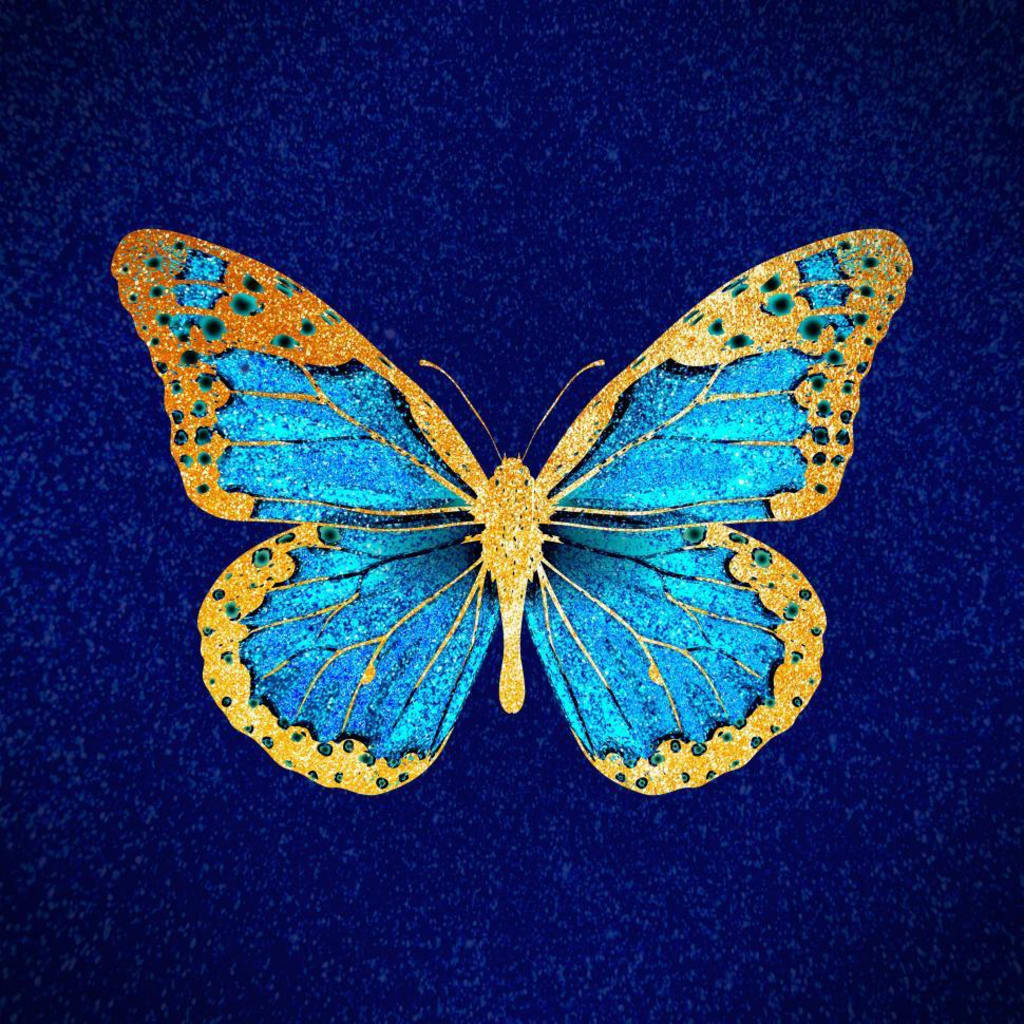Blue Tones/Nature's Wonder
Blue color uniqueness.

Blue is a remarkably uncommon color in the animal kingdom. While creatures display a wide range of hues and patterns, blue seems to be a rarity. However, when we do encounter a blue creature, it is truly magnificent. Nature does not hold back when it comes to blue. To understand why this is the case, we need to go into evolution, science, and the fascinating world of physics. But first, we must explore why animals have colors at all, and for that, we must turn our attention to butterflies.
Butterflies are truly remarkable creatures. As a group of moths that evolved to be active during the day, butterflies have gained an advantage: the ability to use light for communication. Butterflies, among all insects, exhibit the most vibrant and intricate patterns on their wings. And there is a good reason for this. The colors on butterfly wings convey important messages such as "I'm toxic" or "I'm a male defending my territory." However, not all butterfly colors are created equal.
If we zoom in on a butterfly wing, we can observe that the colors originate from tiny scales,this is how moths and butterflies acquire their scientific names. These scales, whether orange, red, yellow, or brown, contain pigments organic molecules that absorb all colors except the ones we perceive. For instance, black scales absorb all colors. Creatures, including butterflies, birds, and humans, do not produce these pigments from scratch they only derive them from the ingredients in their diet. Flamingos are born gray but turn pink due to the carotenoids they consume from their food, such as shellfish. Therefore, the food we eat plays a crucial role in the colors we exhibit.
However, blue is different. If you observe blue butterflies closely, you'll notice that the color appears to change as you move your perspective. It almost resembles a holographic effect. This intriguing phenomenon arises because these butterflies do not possess blue pigments as one might expect. These stunning creatures also known as Blue Morpho butterflies do not derive their blue color from a pigment instead, it originates from the shape of their wing scales, Understanding this mechanism left me in awe.
This captivating color phenomenon is a consequence of the way light behaves when it transitions from air to another material. If we were to fill these tiny gaps in the wing scales with a substance other than air, such as alcohol, the blue color would vanish. This is due to the alteration of the refractive index, which causes blue light to bend in the wrong direction. Essentially, the delicate structure responsible for filtering light would be disrupted. However, once the alcohol evaporates, the color variation reappears. Despite living in the rainforest, where encounters with water are frequent, these butterflies have wing scales made of a naturally water-resistant material, ensuring that their colors remain unaffected by moisture.
Similarly, in the case of peacock tail feathers, it is not the presence of a pigment that produces the blue color. Instead, the organized arrangement of light-reflecting patterns, resembling a crystal, intensifies the brightness of the blue color when viewed from specific angles.
Even in the animal kingdom, the color blue is not produced by pigments alone. For example, the blue appearance of certain primates is a result of the interaction and interference of light waves with structures in their skin. Astonishingly, even our own blue eyes derive their color from intricate structures, rather than pigments.
When we venture beyond the ocean, where the bluest creatures reside, we find that their vibrant colors are created by microscopic structures, each unique in its own way. Notably, no vertebrate—whether bird, mammal, or reptile—has been found to produce a blue pigment on its body. In fact, the olive-wing butterfly is the only known species to have cracked the code for producing genuine blue pigments. Blue, as a color in nature, remains extraordinarily rare.
So why is nature's blue primarily formed through intricate structures rather than pigments like other colors? Scientists who study color have put forward a compelling theory. Birds and butterflies, at some point in the past, evolved the ability to perceive blue light. However, they had not yet developed the means to produce that color pigmentally. If they could, it would be a transformative leap, This would open up new possibilities for communication and survival. However, creating a blue pigment from scratch would require inventing new chemical pathways, which could not be easily added to their genetic makeup. Instead, evolution found it easier to subtly alter the shape of their bodies at the microscopic level, harnessing the principles of physics to generate the color blue. In essence, they solved a chemical problem through ingenious engineering.
What captivates me about this phenomenon is that these colors have intrigued curious minds for centuries. Observing peacock feathers through some of the earliest microscopes in the 1600s, spurring scientific exploration that continues to this day. The study of color is not only fascinating from a scientific perspective but also because it reveals the profound beauty of the natural world.





Comments
There are no comments for this story
Be the first to respond and start the conversation.